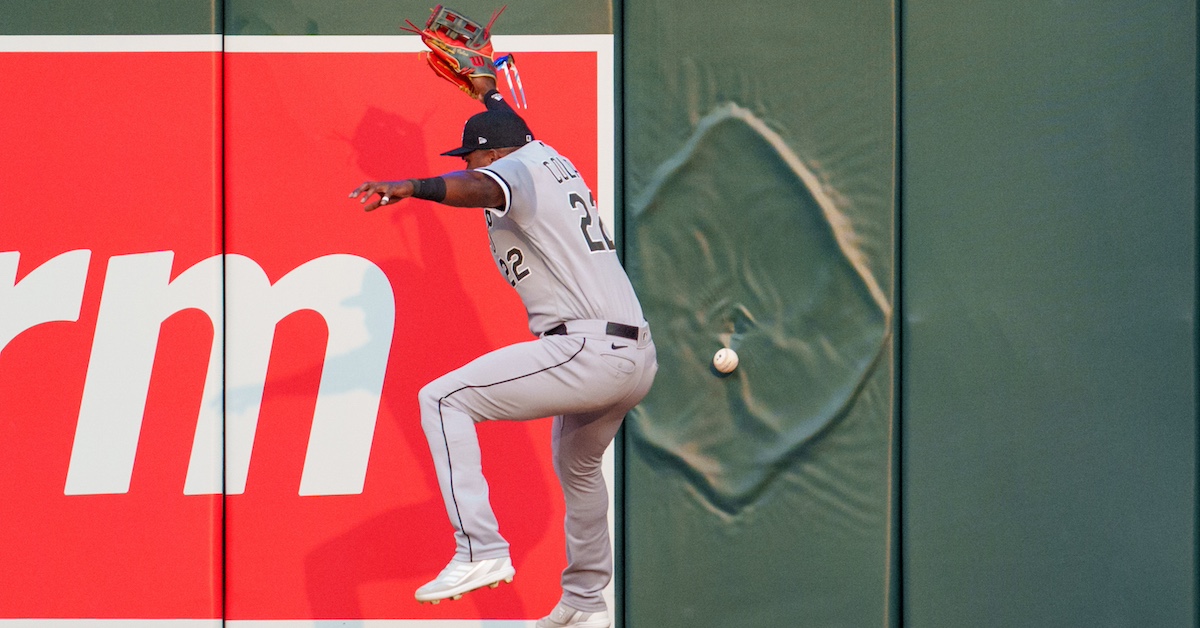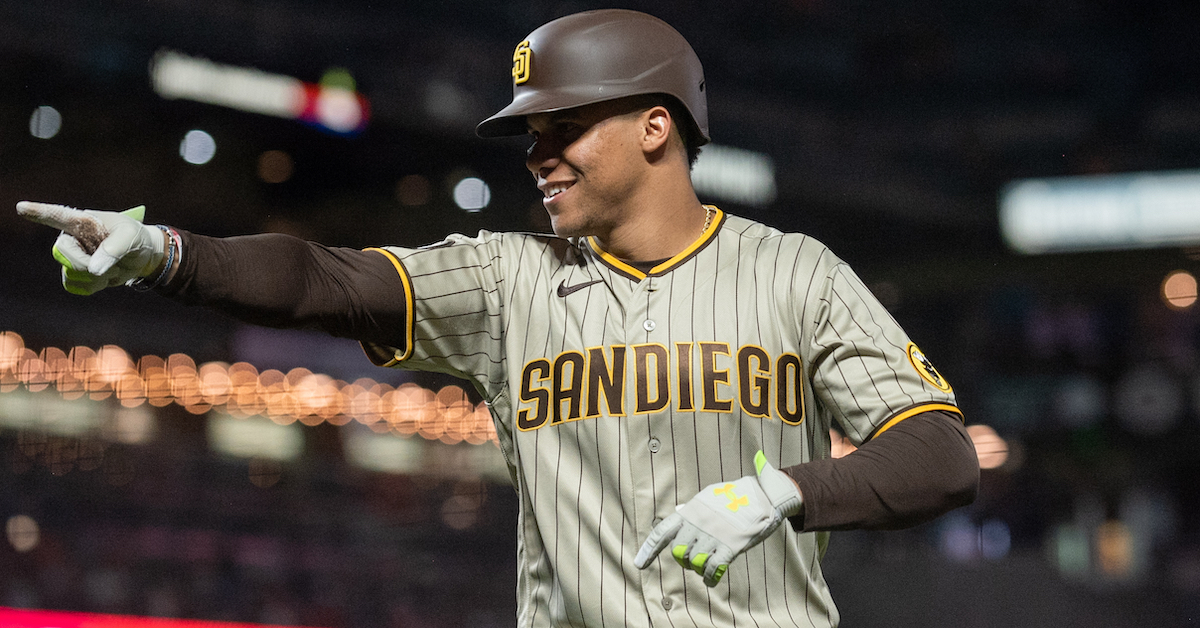Braves Continue Trade-Happy Offseason with Chris Sale Acquisition

With nearly every trade, you can expect fans of one side or the other to come away wondering where their GM went wrong. You can probably hear the complaints in your head, because you’ve almost certainly made them at one point or another yourself. We gave up those guys? For this one? Was there something else in it for us? What was he thinking?!?
It’s much rarer for both sides to have that reaction, because usually conventional wisdom tilts one way or the other. But the Braves and Red Sox might have accomplished it this past week:
BREAKING: The Atlanta Braves are acquiring seven-time All-Star Chris Sale in a trade with the Boston Red Sox, sources tell ESPN. Well-regarded infield prospect Vaughn Grissom is the return to Boston, which will send money with Sale, who waived his no-trade clause to join Atlanta
— Jeff Passan (@JeffPassan) December 30, 2023
So in honor of sports talk radio and breathless questions about what could possibly be going through people’s heads, let’s examine both sides through the same lens. Read the rest of this entry »









